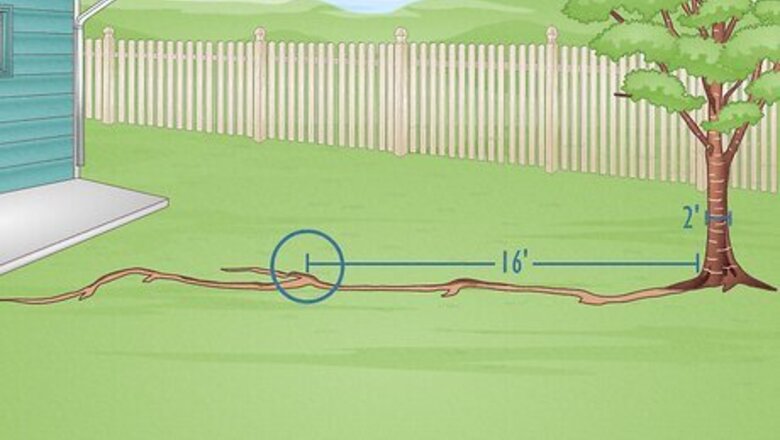
views
Choosing the Right Roots
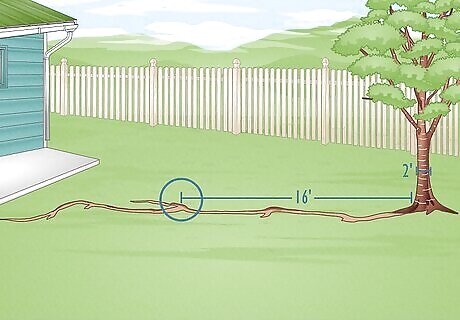
Trace the root that you want to cut back to the tree. Cutting the root too close to the tree can cause structural instability and can cause the tree to fall over. Measure the tree trunk's diameter with a tape measure and multiply it by 8. This number is the closest distance from the tree that you can cut the root. For example if your tree has a diameter of 2 feet (60.96 cm) you shouldn't cut the root closer than 16 feet (4.8 meters) from the tree itself.
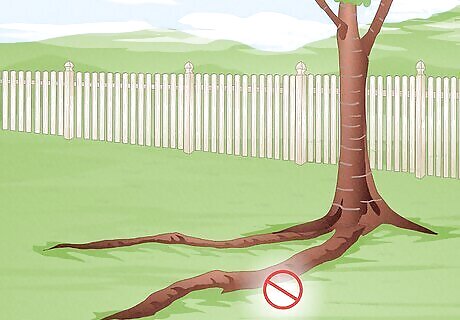
Avoid choosing the largest roots. Larger roots are called structural roots and are important in keeping the tree in place. These roots begin at the base of the tree and flare out. Do not cut larger roots 6 inches (152.4mm) to one foot (304.8mm) from the trunk for every inch in diameter that the tree is. You can measure the diameter of the tree by wrapping a tape measure around the tree at chest height. For instance, you shouldn't cut a tree that's 16-inches (406.4mm) in diameter 8 feet (2.4384 meters) to 16 feet (4.8768 meters) from the trunk.
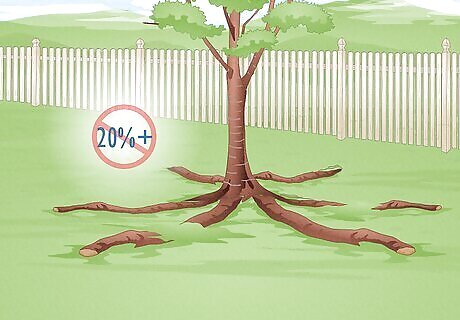
Don't remove more than 20% of your tree's roots. When removing large portions of the tree's roots, make sure to wait up to three years before cutting more roots. Removing over 20% of your tree's roots will seriously harm it and could kill it. If you plan on cutting a large portion of the roots from a tree, consider completely removing the tree instead.

Consult an arborist if you're unsure of yourself. If you don't feel confident cutting a tree's roots, then you should seek professional guidance before doing so. Arborists from a local cooperative extension will sometimes provide tree root pruning services for a fee. If you'd rather do it yourself, see if you can have them come in for a smaller consultation fee. Arborists will have the equipment and knowledge to safely remove the tree roots for you.
Digging Up the Roots
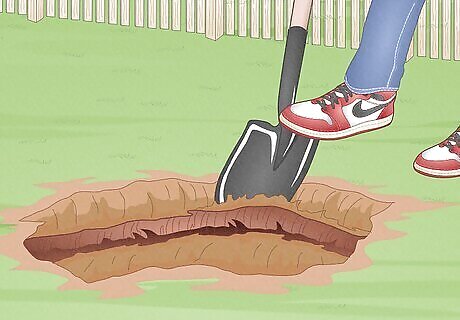
Dig a hole in the area where you want to remove the roots. Measure a safe distance away from the tree before digging your hole. If the roots that you want to remove are underground, you'll need to reveal them with a shovel. Dig a hole around the tree where you want to remove the roots using a trenching or a digging shovel. Do your best not to disrupt or break the tree's roots while you do this.
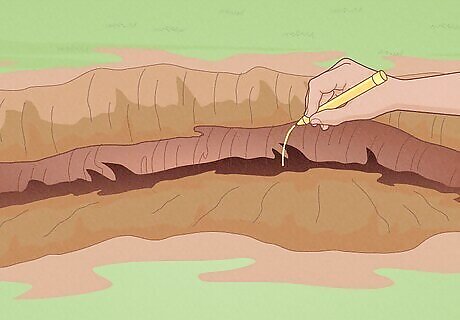
Draw a line where you want to remove the root. Once you've located the root you want to remove, use spray paint, colored chalk, or a thick marker to mark the spot where you'll cut the tree root. Marking the root will help guide you and prevent you from cutting the root too close to the tree. Simply mark the root with a line that will help guide where to cut with the saw.
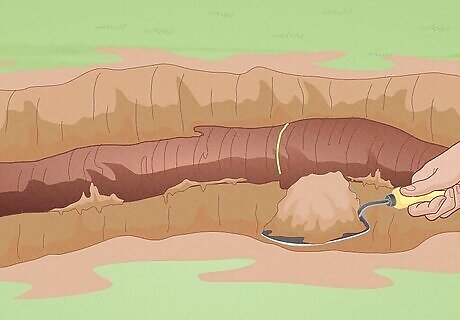
Dig around the root with a spade. Dig around the root with a smaller spade, making sure to dig under the root as well. Leave space around the root, so it's easier to cut it. Completely reveal the area where you'll cut with your shovel and give yourself enough space to make cuts.
Cutting and Removing the Roots
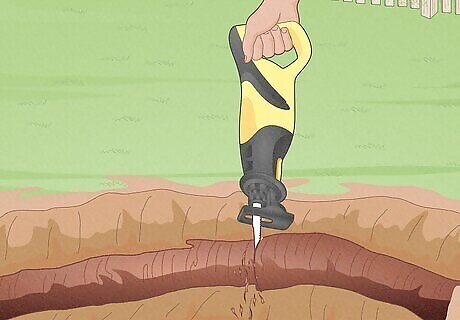
Cut the root where you marked. For smaller roots, like those that are less than an inch (2.54 cm) in diameter, you can use regular gardening shears or gardening scissors to cut the root. If you are cutting a larger root, you'll need to use a special tool -- a root saw or a mechanical reciprocating saw. You can purchase these saws at home and gardening stores or online. Some store locations will allow you to rent reciprocating saws for a daily rate.

Grab the cut end and pull the root towards you. Grab the loose end of the root and pull it towards you until it tears free from the ground. If the root is embedded deeply into the ground, you may need to dig up more soil around the root. Once you're done, discard the root, and continue doing this to the other roots that you're cutting.

Install a barrier. To keep the root from growing back, put in a barrier under the soil before you fill in the hole. Use a heavy duty plastic tree root barrier, and install it 30-inches (76 centimeters) below the surface of the soil. You can purchase a plastic tree root barrier at most lawn and garden centers.
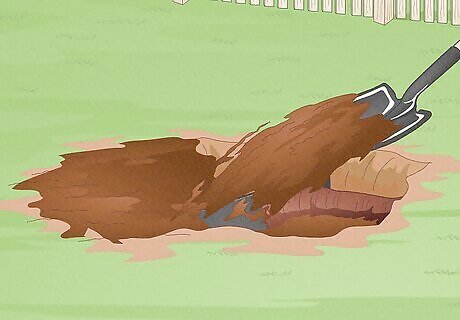
Fill in the hole. Fill the hole you've made with mulch or fertilizer purchased from the store. As an alternative to mulch, you can also fill your trench with grass seeds or sod if you want grass in the area. Take your cut tree's roots and dispose of them.
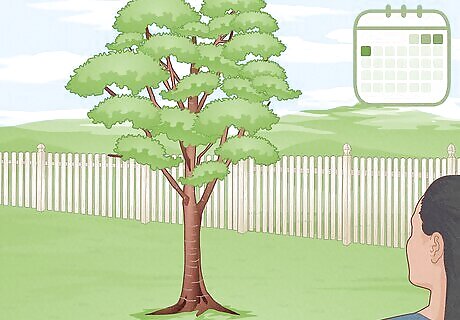
Monitor the tree in the upcoming days. Take a look at your tree on a daily basis and evaluate its health. If branches are starting to die and fall off, it could be a sign that you've done too much root damage and have killed your tree. This is dangerous because it could cause the tree to fall. If this is the case, you'll have to remove the entire tree. If you notice that the tree is dying, it's best to call an arborist or landscaping company as soon as possible. They will be able to evaluate whether you need to remove the tree and the steps you can take next.



















Comments
0 comment